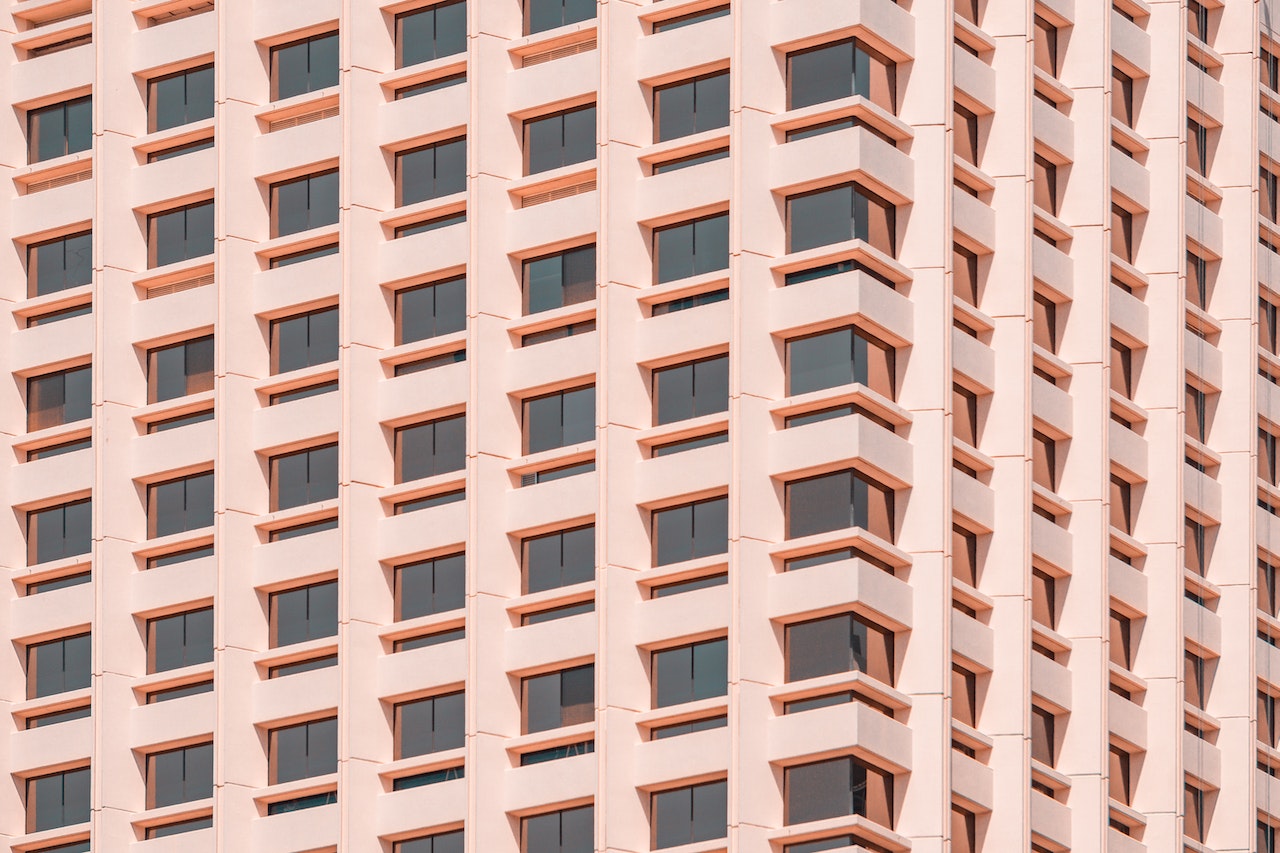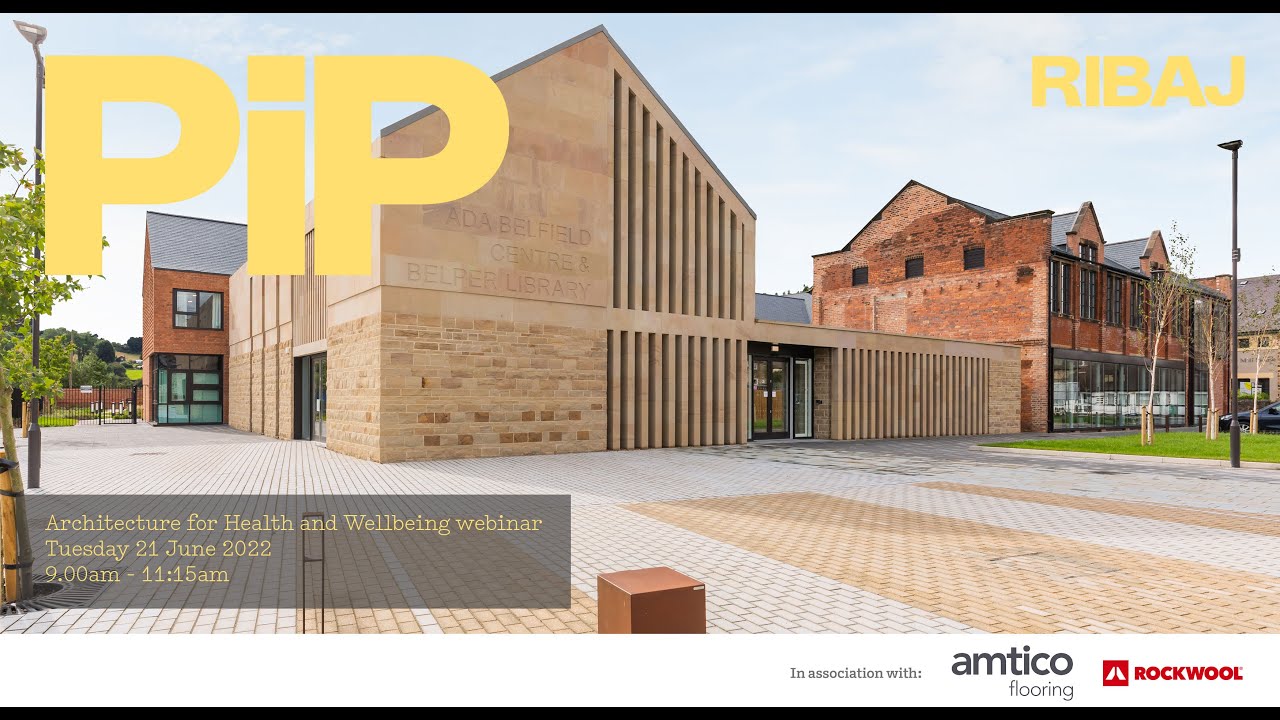The Role Of Architecture In Promoting Public Health And Wellness - Benefits Of Design For Overall Well-being
The role of architecture in promoting public health and wellness, a well-designed built environment can have a significant impact on an individual's physical, mental, and social well-being. From designing buildings that encourage physical activity to create spaces that foster a sense of community, the field of architecture has the power to positively shape our lives and communities.
Author:George EvansMar 02, 2023164.8K Shares2.3M Views

The role of architecture in promoting public health and wellness, a well-designed built environment can have a significant impact on an individual's physical, mental, and social well-being.
From designing buildings that encourage physical activity to create spaces that foster a sense of community, the field of architecture has the power to positively shape our lives and communities.
The Role Of Architecture In Promoting Public Health And Wellness
The built environment is an essential aspect of our daily lives and has a profound impact on our well-being. From the design of our homes to the layout of our communities, the built environment affects our physical, mental, and social health.
The role of architecture in promoting public health and wellness has become increasingly important as our society continues to focus on creating healthier and more sustainable communities.
The Importance Of Physical Activity In Architecture
Physical activity is an essential component of a healthy lifestyle, and the built environment plays a crucial role in promoting physical activity. Architectural design can encourage physical activity by creating spaces that are accessible, convenient, and appealing to users.
For example, the design of a building can incorporate features such as stairs instead of elevators, bike storage, and walking paths to encourage physical activity.
In addition, the design of parks, recreational facilities, and other public spaces can also encourage physical activity by providing appealing and accessible outdoor spaces for people to exercise and play.
The Impact Of Natural Light And Fresh Air On Health And Wellness
Natural light and fresh air play a crucial role in promoting public health and wellness. A well-designed building should incorporate an abundance of natural light and provide opportunities for fresh air to circulate throughout the space.
Research has shown that exposure to natural light and fresh air can improve mental and physical health, increase productivity, and enhance the overall well-being of the occupants. In addition, buildings designed to maximize the use of natural light and fresh air can reduce energy consumption, making them more environmentally friendly and sustainable.
The Role Of Community In Architecture
The design of communities and public spaces plays a crucial role in promoting social well-being and a sense of community. Architecture can create spaces that foster a sense of community by providing opportunities for social interaction, such as public squares, parks, and community centers.
These spaces can encourage social interaction and provide a sense of community, which can improve mental health and reduce feelings of isolation and loneliness.
In addition, community-focused design can also promote public safety by providing well-lit and accessible public spaces that are inviting and encourage a sense of community ownership.
The Importance Of Universal Design In Promoting Health And Wellness
Universal designis an approach to design that considers the needs of all users, including those with disabilities. Universal design can promote public health and wellness by creating environments that are accessible and usable for everyone.
For example, buildings that incorporate universal design principles, such as ramps and elevators, can make it easier for people with disabilities to navigate the space, increasing their independence and promoting their overall well-being.
In addition, universal design can also improve the health and well-being of people without disabilities by promoting accessibility and promoting a more inclusive and equitable community.
How Can Architecture Improve Health?
Architecture can improve health in a variety of ways, including:
- Encouraging physical activity: The design of buildings and public spaces can encourage physical activity by providing opportunities for walking, cycling, and other forms of exercise. For example, buildings can be designed with stairs instead of elevators, bike storage, and walking paths to encourage physical activity.
- Maximizing natural light and fresh air: Exposure to natural light and fresh air has been shown to improve physical and mental health. Buildings designed to maximize the use of natural light and fresh air can improve health by reducing stress, improving sleep patterns, and boosting mood.
- Fostering a sense of community: The design of communities and public spaces can foster a sense of community by providing opportunities for social interaction and promoting a sense of community ownership. This can improve mental health by reducing feelings of isolation and loneliness.
- Providing universal access: Universal design is an approach to design that considers the needs of all users, including those with disabilities. Universal design can improve health by creating environments that are accessible and usable for everyone, promoting independence and reducing the risk of injury.
- Reducing stress: The design of the built environment can also impact stress levels. For example, green spaces and outdoor environments can reduce stress and promote relaxation.
- Additionally, spaces that are well-lit, well-ventilated, and free from noise and pollution can help reduce stress and improve overall health.
- Improving sleep patterns: The design of the built environment can also impact sleep patterns. For example, dark, quiet, and well-ventilated sleeping spaces can improve sleep quality, while exposure to natural light during the day can help regulate sleep patterns.

Architecture for Health and Wellbeing
Fostering Community Through Architecture
Architecture plays a critical role in creating environments that promote a sense of community and social interaction. The design of public spaces and communities can encourage social interaction and promote a sense of community ownership, which can improve mental health and well-being.
One way that architecture can foster community is by designing spaces that encourage people to spend time together. For example, public spaces such as parks, plazas, and community centers can provide opportunities for social interaction and encourage people to gather and engage with one another.
Additionally, architecture can foster community by designing buildings and public spaces that are accessible and usable for all people, regardless of their abilities.
Universal design, which considers the needs of all users, can create environments that are inclusive and accessible, promoting a sense of community and reducing feelings of isolation and loneliness.
Incorporating green spaces and outdoor environments into the design of communities can also foster a sense of community. Green spaces provide opportunities for people to gather and engage with one another, while also improving mental health by reducing stress and promoting relaxation.
People Also Ask
How Does Architecture Impact Physical Activity?
Architecture can impact physical activity by designing buildings and public spaces that encourage walking, cycling, and other forms of exercise. For example, designing buildings with stairs instead of elevators, bike storage, and walking paths can increase physical activity.
What Are The Impact Of Natural Light And Fresh Air On Architecture?
Exposure to natural light and fresh air has been shown to improve physical and mental health by reducing stress, improving sleep patterns, and boosting mood.
What Is The Role Of Universal Design In Promoting Health?
Universal design is an approach to design that considers the needs of all users, including those with disabilities. Universal design can improve health by creating environments that are accessible and usable for everyone, promoting independence and reducing the risk of injury.
How Can Architecture Reduce Stress?
Architecture can reduce stress by creating environments that are well-lit, well-ventilated, and free from noise and pollution. By designing environments that are healthy and supportive, architecture can play a crucial role in reducing stress and promoting overall well-being.
Conclusion
The role of architecture in promoting public health and wellness cannot be overstated. Through careful design and consideration of the needs of users, architecture can create environments that encourage physical activity, promote mental well-being, foster community, and reduce stress.
From incorporating natural light and fresh air to designing buildings and public spaces that are accessible and inclusive, architecture has the power to improve health and support well-being.
By prioritizing health and wellness in the design of the built environment, architects can play a critical role in promoting public health and creating environments that are supportive, inclusive, and enjoyable for all.
Jump to
The Role Of Architecture In Promoting Public Health And Wellness
The Importance Of Physical Activity In Architecture
The Impact Of Natural Light And Fresh Air On Health And Wellness
The Role Of Community In Architecture
The Importance Of Universal Design In Promoting Health And Wellness
How Can Architecture Improve Health?
Fostering Community Through Architecture
People Also Ask
Conclusion

George Evans
Author
George Anderson, an exceptional architectural designer, envisions and brings to life structures that transcend the realm of imagination. With an unwavering passion for design and an innate eye for detail, George seamlessly blends form and function, creating immersive spaces that inspire awe.
Driven by a deep appreciation for the interplay of space, light, and materials, George's innovative approach redefines the possibilities of architectural design. His visionary compositions leave an indelible mark, evoking a sense of wonder and transforming the built environment.
George Anderson's transformative designs and unwavering dedication continue to shape the architectural landscape, pushing the boundaries of what is possible and inspiring generations to come.
Latest Articles
Popular Articles
